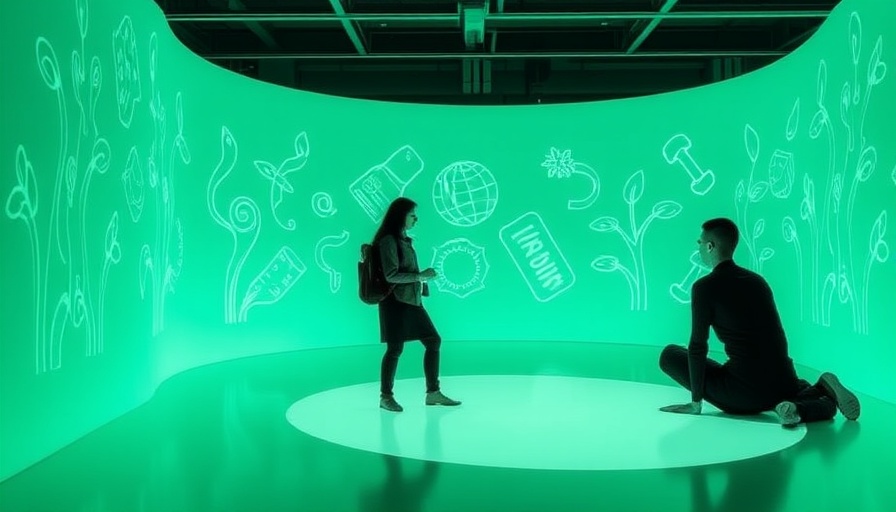
Innovative Designs for Health and Wellness
The University of Illinois Chicago (UIC) School of Design has recently showcased outstanding student projects that blend creativity with wellness, particularly focusing on anxiety-reducing solutions. These projects aim to transform workspaces into environments that not only boost productivity but also promote mental well-being. As digital nomads increasingly seek comfortable spaces to work remotely, the importance of incorporating ergonomics and wellness into workspace design cannot be overstated.
Understanding the Importance of Ergonomics
Ergonomics is a crucial factor in creating effective remote workspaces. It focuses on designing tools and environments that fit the user, enhancing comfort and reducing physical strain. In the context of remote work, where many individuals spend long hours at their desks, ergonomic design becomes essential to prevent injuries and promote well-being. The UIC projects exemplify how thoughtful design can address these issues, making them particularly relevant for digital nomads.
Spotlight on Specific Projects
Among the innovative projects presented, one standout design is a modular workspace that adjusts to the user’s needs. This design allows for seamless transitions between sitting and standing, encouraging movement throughout the workday. Another impressive project utilizes calming colors and natural elements to reduce anxiety, proving that aesthetics can greatly impact our mental state in work environments.
The Connection Between Environment and Mental Health
Research suggests that our environments have a profound effect on our mental health. Natural light, plants, and clean air are all contributors to a calming workspace. The UIC designs integrate these elements to create a serene atmosphere, crucial for maintaining focus and reducing feelings of anxiety. For digital nomads frequently transitioning between different environments, the ability to replicate these calming features can enhance their productivity and peace of mind.
Future Trends in Workspace Design
Looking forward, the trend of merging wellness with workspace design is likely to gain momentum. As remote work continues to be a staple for many, designers are anticipated to prioritize health-focused features in their projects. This shift not only supports individual users but also encourages companies to invest in the well-being of their remote employees, leading to happier, more productive teams.
Actionable Insights for Digital Nomads
For digital nomads eager to implement ergonomic principles in their workspaces, consider investing in adjustable furniture that accommodates various postures. Additionally, incorporating plants or art that brings nature indoors can have a soothing effect. Furthermore, creating spaces with soft lighting and quiet areas can help enhance your overall comfort and productivity. As you shape your remote work environment, keeping these principles in mind can lead to a healthier, more efficient workspace.
Value in Understanding Wellness in Design
Understanding the intersection of ergonomics, wellness, and productivity is invaluable. Not only do these insights contribute to personal well-being, but they also foster a culture of health-conscious work practices. As more individuals embrace remote work, prioritizing these factors becomes imperative for long-term success.
As we adapt to evolving work environments, let these innovative designs inspire you to create your own ideal workspace, tailored to maximize both comfort and productivity. Explore the UIC projects and consider what elements you can incorporate into your work routine to enhance your well-being.
 Add Row
Add Row  Add
Add 




Write A Comment